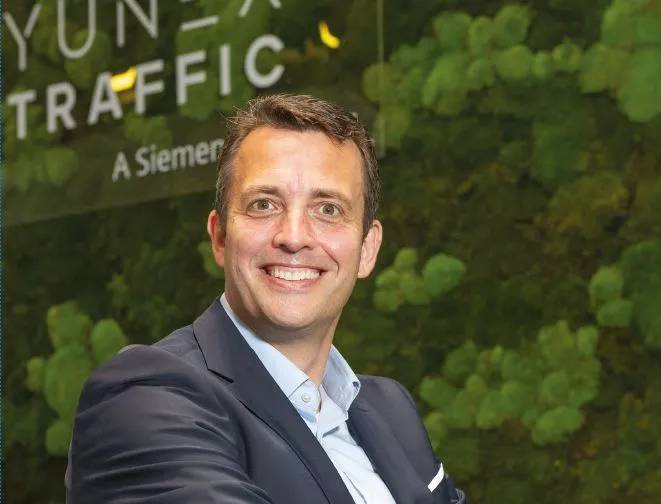
GTT -
Engineers can design bike-friendly corridors even when dangerous, mixed-vehicle traffic exists, says GTT CEO Doug Roberts. “Cyclists sometimes jump lights and disregard traffic rules in congested city areas – mainly because they’re agile and can. At the same time, they’re extremely vulnerable in mixed vehicle traffic, especially if pulling up alongside turning heavy goods vehicles. This can unfortunately result in fatal accidents, since cyclists have little or no protection from the weight and speed of motor vehicles.”
GTT says Canoga 9004 can solve many issues related to dual occupation of the road by bicycles and vehicles because the solution can detect and classify bikes in dedicated bike lanes or roads with a mix of bicycles and other vehicle traffic. When required, a dedicated output can be configured to indicate detected bicycles, and then give them priority over other vehicles. The solution can be easily configured using GTT’s Central Management Software (CMS).
According to GTT, Canoga has long been the solution of choice for many cities because it enables traffic engineers to make informed decisions regarding traffic flow and to report traffic count to national agencies.









